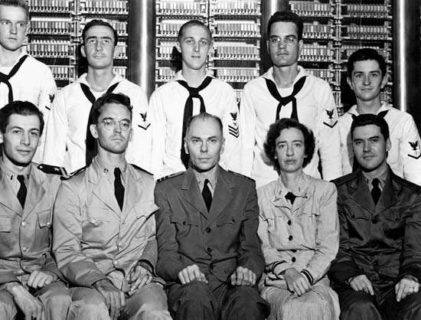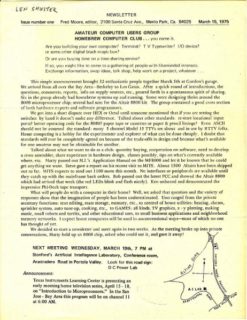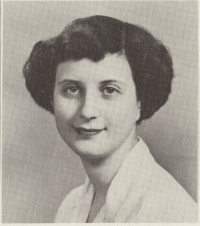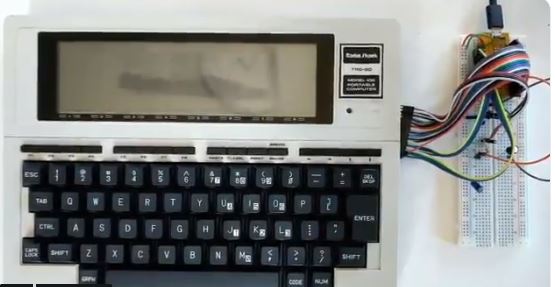Technology sets its sights on the future, but the computing that permeates our lives today is built on foundational work that stretches further into the past than you might think. For example, IBM’s Harvard Mark I computer owed its existence to someone born in 1900, who was himself attempting to fulfill Charles Babbage’s vision of a “difference engine” from 1822. Let’s take a wander through this month in IT history:
March 8, 1900 – Howard Hathaway Aiken is Born
Inspired by Charles Babbage, Aiken designed the Automatic Sequence Controlled Calculator to assist him with solving differential equations. This early computer was renamed the Harvard Mark I and completed with funding from IBM. It was used in the Manhattan Project to calculate the effects of implosions during the design of the atomic bomb. Aiken would go on to create further iterations of the machine and establish a master’s program for computer science at Harvard in 1947, paving the way for the next generation of computer scientists.

Grace Murray Hopper (seated, second from right) and Howard Aiken (seated, centre), along with other members of the Bureau of Ordnance Computation Project, in front of the Harvard Mark I computer at Harvard University, 1944.U.S. Department of Defense
March 15, 1975 – The Homebrew Computer Club Prints Its First Newsletter
The informal group of computer hobbyists helped shape the culture of Silicon Valley. After meeting in programmer Gordon French’s Menlo Park garage earlier in the month, the nascent Homebrew Computer Club printed a newsletter, the first of just 21 issues. The inaugural newsletter predicted what people might do with personal computers: “control of house utilities: heating, alarms,” “GAMES” [sic], “making music,” “neighborhood memory networks” and “small robots and turtles.”

March 23, 1928 – Jean Sammet is Born
Sammet, a mathematician and former actuary, couldn’t find positions that interested her in the women’s section of the classifieds, so she checked the men’s section and found a position at Sylvania Electric Products. This was the beginning of her pioneering career as a computer scientist. Sammet was part of the group that designed the COBOL programming language, which is still in use today; she later developed the FORMAC language, an early computer algebra system.

March 29, 1983 – Radio Shack Introduces the TRS-80 Model 100 Portable Computer
With a full-size QWERTY keyboard and weighing just three pounds, the TRS-80 Model 100 was popular among journalists who could write their stories in the field and file them using the built-in modem. The display could show just 40 characters – not even a full tweet – but the 20-hour battery life on four AA batteries sounds impressive even today. InfoWorld called it a “brave, imaginative, useful addition to the realm of

March 31, 1951 – U.S. Census Bureau Receives Its First UNIVAC I Computer
A total of 46 UNIVAC I systems were built; the U.S. Census Bureau accepted its unit on March 31,

A UNIVAC computer at the Census Bureau, ca. 1960.







